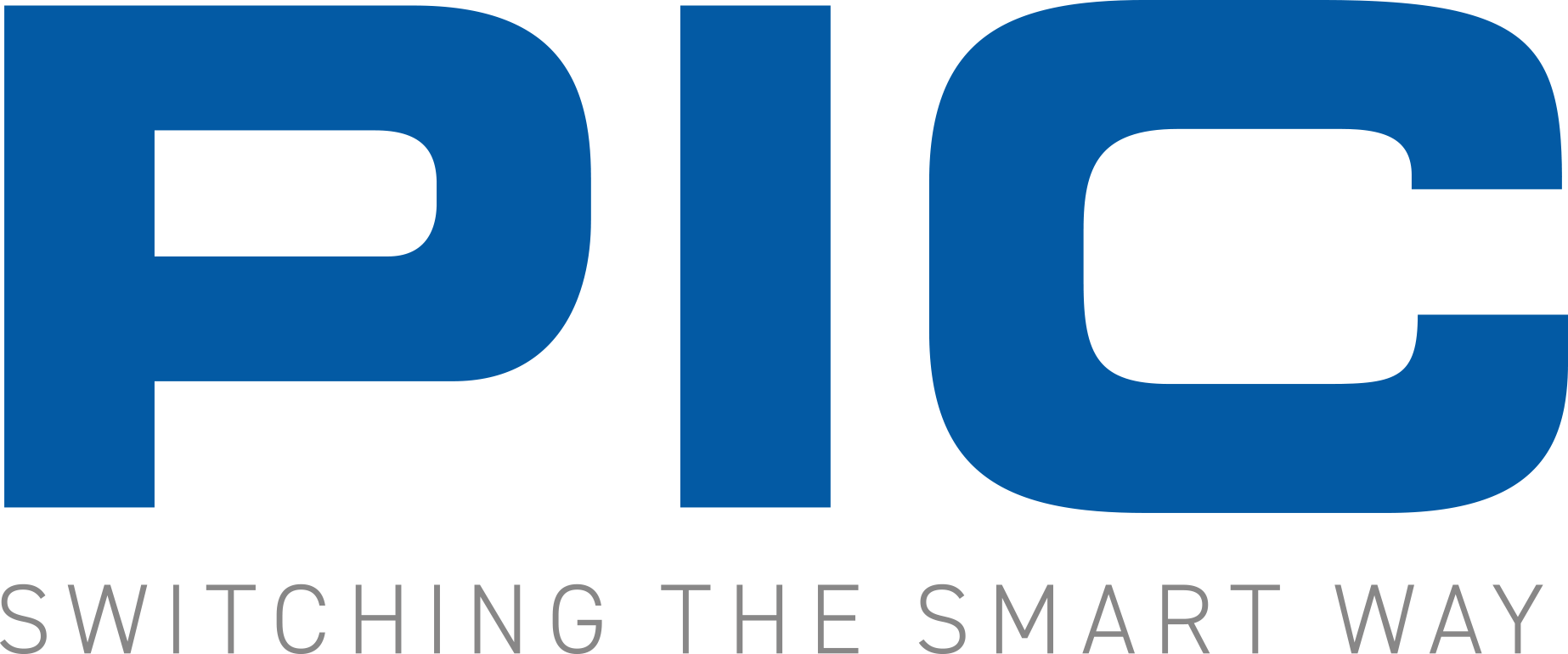
PIC GmbH
PIC GmbH is a German company that specializes in developing and manufacturing high-performance industrial cameras for various applications. With a focus on quality, reliability, and innovation, PIC's products are widely used in fields such as machine vision, automation, and scientific imaging. PIC offers a range of industrial camera models, including smart cameras, area scan cameras, line scan cameras, and hyperspectral cameras. These products feature advanced image processing capabilities, high-speed data transfer, and robust construction to withstand harsh environments. In addition to hardware, PIC also provides software tools and development kits to support easy integration and customization of their cameras into customer systems. With a commitment to excellence and customer satisfaction, PIC continues to be a preferred choice for industrial camera solutions among global clients.
Keypad Switches
Results:
Results remaining:0
Applied Filters:
PIC GmbH
No data |
About Keypad Switches
Keypad switches are user interface modules that provide direct input to a CPU, microcontroller, or keypad controller through a matrix of button switches. These modules often feature an integrated display for presenting information and instructions to the user. Keypads are available in various configurations based on factors such as the number of keys, the legend displayed on each key, and their dimensions and mounting types. The selection of a keypad switch is determined by its column and row matrix, which denotes how the buttons are arranged, and the number of keys required by the application. The legend on the keys can be customized to suit the specific needs of the application, with options ranging from alphanumeric characters to icons. Keypad switches also offer multiple output types, including CAN Bus, matrix, independent switch contact (parallel), onboard controller output, USB, and Weigand. These outputs enable integration with a broad spectrum of electronic systems, providing flexibility in terms of compatibility and functionality. The CAN Bus output, for instance, enables communication with other devices over a network, while the matrix output provides a simple means of connecting the keypad to a controller. The independent switch contact output, on the other hand, allows for direct connection to a device, with each key corresponding to an independent switch contact. Keypad switches may also incorporate an onboard controller, enabling standalone operation without the need for an external controller. This feature is particularly useful in applications where space or power constraints prohibit the use of additional components. In summary, keypad switches serve as human interface modules that allow for direct user input to electronic systems through a matrix of button switches. The legend displayed on the keys, number of keys, and matrix arrangement can be tailored to meet the specific needs of the application. Multiple output types provide flexibility in terms of compatibility and functionality, while onboard controllers offer standalone operation in space or power-constrained scenarios.
